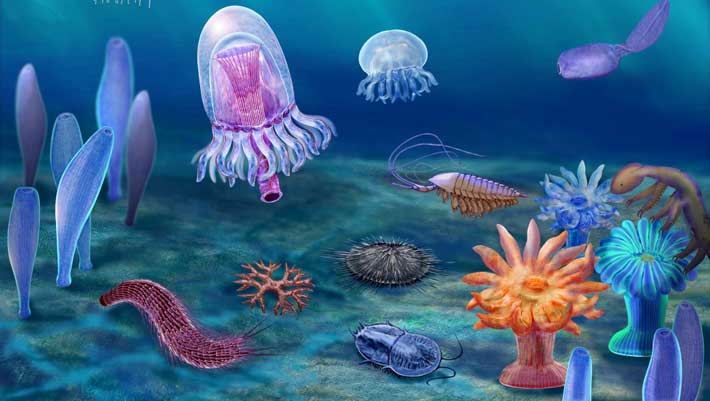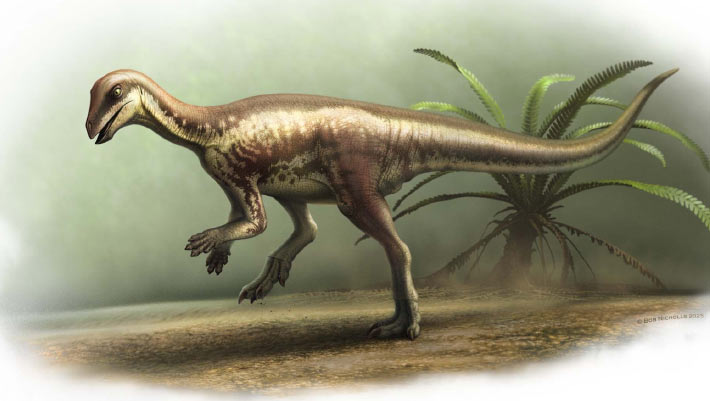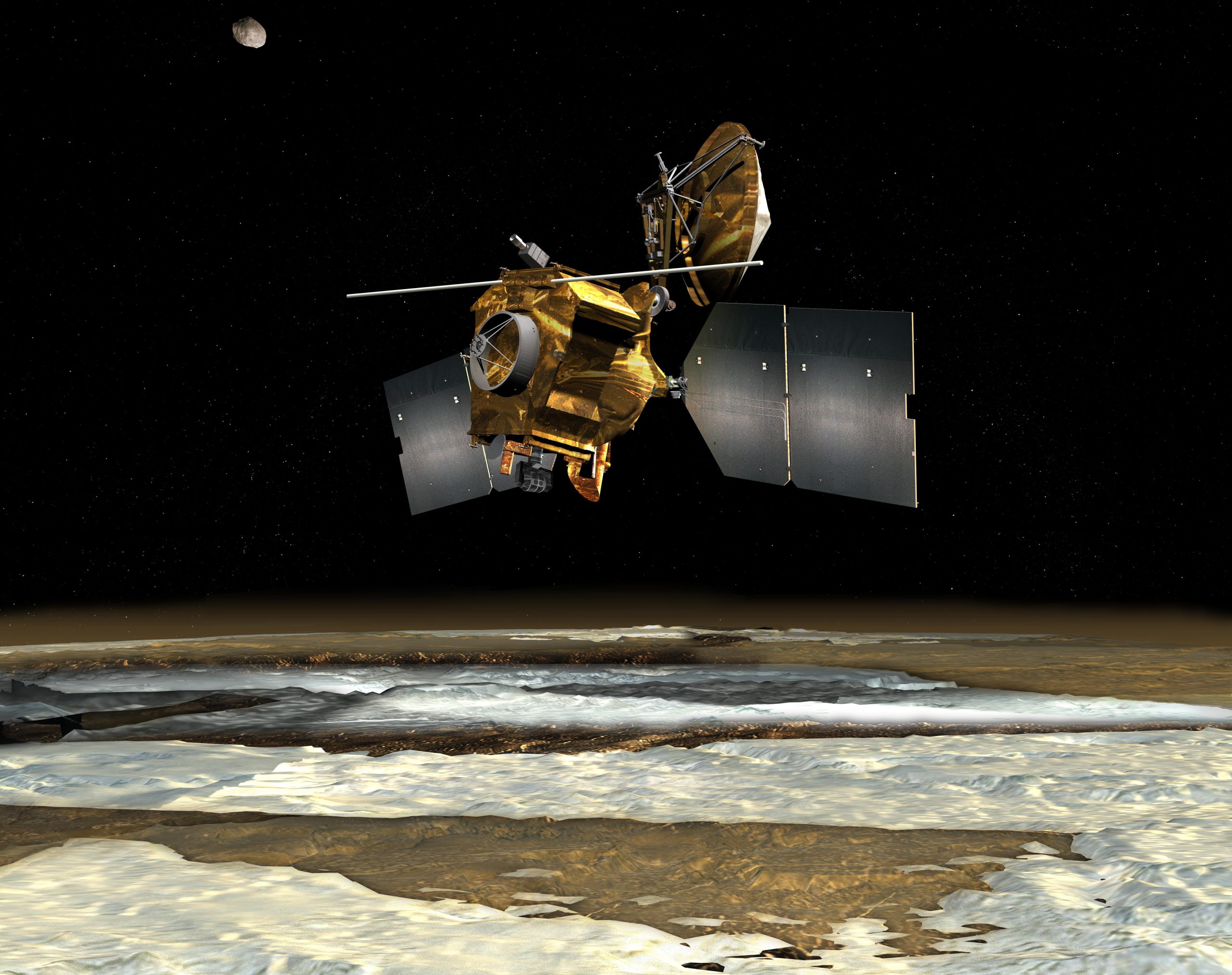Now Reading: Study Suggests Cambrian Explosion Began Millions of Years Earlier
-
01
Study Suggests Cambrian Explosion Began Millions of Years Earlier
Study Suggests Cambrian Explosion Began Millions of Years Earlier

### Swift Summary:
– Paleontologists have studied trace fossils to understand the body profiles of organisms during the Ediacaran-Cambrian transition, uncovering behaviors and evolutionary adaptations.
– The Cambrian explosion,traditionally dated to 541-530 million years ago,marked a rapid diversification in animal body plans,transitioning from soft-bodied to hard-part organisms.- Researchers propose that evolutionary innovations possibly started earlier than previously estimated-around 545 million years ago during the Ediacaran period.
– Findings suggest slender-bodied organisms with hydrostatic coelomic structures had directional locomotion and sensory functions adapted for diverse substrates in microbial mat habitats.
– The study emphasizes how these early adaptations may have facilitated ecological engineering conducive to further evolutionary progress.
– Published findings appear in the journal *Geology*.

*A reconstruction of early Cambrian ocean life in South China. Image credit: Dongjing Fu.*
—
### Indian Opinion Analysis:
India’s commitment to fostering scientific research highlights how expanding paleontological studies into complex ancient periods like this can contribute globally important insights into evolution and biodiversity. With india leveraging its unique fossil record (e.g., Vindhyan basins), collaborations on similar studies could enrich understanding of its geological past while playing a more prominent role in global scientific dialogues surrounding evolutionary biology.
The study’s revelation about adaptation starting earlier than estimated reshapes timelines critical for understanding life’s progression-a field relevant not just for academia but possibly informing modern conservation strategies as ecosystems face dynamic changes today.
For more details on this topic, click [here](https://www.sci.news/paleontology/cambrian-explosion-14022.html).























